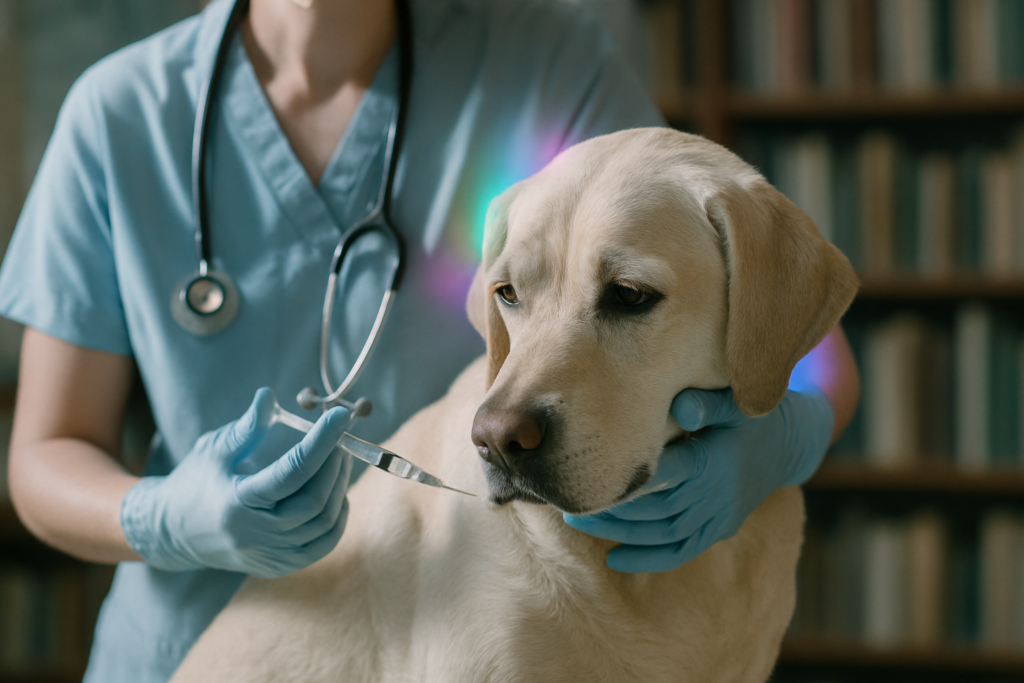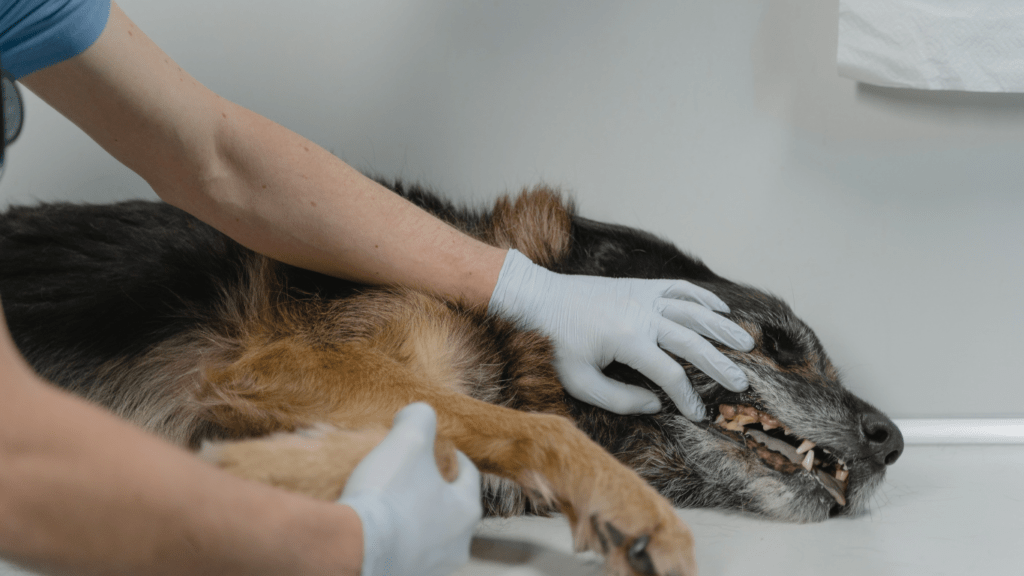Changes in Eating or Drinking Habits
Food and water are the basics. When your pet starts skipping meals or flat out refuses to eat, it’s not just pickiness it’s a flag. Same goes for changes in drinking: suddenly draining the water bowl or barely touching it could point to issues like kidney trouble, dental pain, or diabetes.
Weight shifts aren’t random either. Rapid loss might mean something’s seriously off internally, while unexplained gain could signal a thyroid problem or a more subtle condition.
These changes aren’t always dramatic, but they’re rarely meaningless. When your pet eats or drinks differently, they’re telling you something the only way they know how. Pay attention. Small shifts early on often reveal bigger issues when caught in time.
Unusual Behavior or Personality Shifts
Pets often communicate discomfort or illness through changes in behavior. What might seem like a temporary mood swing could actually be your pet’s way of signaling a deeper issue.
Behavioral Changes to Watch For
Increased Aggression: If a normally gentle pet starts growling, snapping, or becoming territorial, it could be due to pain or discomfort.
Hiding or Skittishness: Pets that suddenly withdraw, hide more often, or become easily startled may be feeling unwell or anxious.
Lethargy: A noticeable drop in energy, lack of enthusiasm for play, or resisting walks may indicate fatigue, illness, or even depression.
Excessive Vocalizing: Unusual whining, barking, or meowing especially if it’s persistent can be your pet’s way of expressing distress.
Know What’s Normal Then Act on the Abnormal
Understanding your pet’s baseline personality and habits is essential. A pet who is normally quiet but suddenly becomes loud, or one who is typically energetic but grows withdrawn, is showing important signs. These shifts might be subtle, but they’re often among the earliest indicators that something isn’t right.
If these changes persist for more than a day or two, it’s time to contact your vet. Early attention can prevent minor issues from becoming serious health problems.
Physical Symptoms That Shouldn’t Be Ignored

Some issues look minor but point to something deeper. Vomiting or diarrhea that lasts more than a day isn’t just a fluke. It could be anything from a dietary mishap to an infection, and waiting it out can make things worse. When it doesn’t clear up fast, it’s time to call the vet.
Trouble breathing like coughing, wheezing, or shallow breaths is a red flag. It might be allergies or a nasty bug, but it could also be a sign of heart or lung issues. Breathing problems aren’t a wait and see situation.
Limping, stiffness, or a sudden lack of movement doesn’t always mean injury. Joint pain, neurological issues, or even tick borne diseases can show up this way. Especially with older pets, early signs of arthritis often start subtly.
As for the skin: excessive scratching, red patches, or sudden fur loss might mean allergies, parasites, or even stress reactions. If your pet’s scratching more than usual or developing bald spots, it’s not just cosmetic it means something’s off.
Bottom line? These physical symptoms aren’t normal, and they’re your pet’s way of saying, “Hey, I need help.”
Signs from the Eyes, Ears, and Nose
Eyes, ears, and noses aren’t just cute features they’re frontline indicators of your pet’s health. If your pet’s eyes look cloudy, swollen, or have discharge, it’s not just aging or allergies. These can point to infections, injury, or even a more serious underlying condition. Don’t wait it out.
Ears are another hotspot. If your cat or dog keeps scratching one ear, if the skin looks red, or you catch an off smell, that’s a red flag. Ear infections can move fast and are painful. Some pets might not show discomfort until the issue is advanced, so even small changes count.
And then there’s the nose. A little clear discharge usually isn’t a big deal. But if it’s thick, yellow or green, or constantly running, that’s not just the sniffles. Chronic nasal discharge signals infections, respiratory problems, and sometimes dental issues.
Bottom line: if your pet’s face isn’t looking or smelling right, it’s time to call the vet. These aren’t problems to monitor they’re problems to act on.
Bath Time or Grooming Cues
Grooming isn’t just about keeping your pet looking good it’s a key diagnostic moment that can reveal underlying health issues before they become serious. Paying attention during brushing or bath time can help you catch small red flags early.
Unusual Reactions to Touch
If your pet suddenly flinches or resists when you touch certain areas of their body, it may be more than just sensitivity:
Flinching or pulling away when touched on specific spots
Growling, yelping, or hiding during petting or brushing
Avoiding being picked up or handled altogether
These reactions can indicate pain, injury, or internal discomfort that requires medical evaluation.
Changes in Coat or Grooming Habits
Your pet’s coat can be a window into their health. Rapid changes or neglectful behaviors should prompt a closer look:
Matted fur or tangles that appear suddenly
Excessive shedding outside of seasonal patterns
Avoidance of grooming routines or loss of self grooming in cats
Physical or behavioral changes around grooming can point to joint pain, dental issues, skin conditions, and more.
Why It Matters
Bathing and grooming offer a chance to closely examine your pet’s skin, coat, and body responses. Regular checks help:
Spot infections, lumps, or parasites early
Monitor aging related changes calmly and consistently
Discover subtle cues that something’s wrong before it worsens
Don’t ignore small red flags. What seems like fussiness over grooming could be your pet trying to tell you something important.
When in Doubt, Get it Checked
You know your pet better than anyone. If something feels off even if it’s subtle it’s worth paying attention to. That weird limp, the lack of appetite, the sudden silence when your dog is usually buzzing with energy? Don’t shrug it off.
Vets often say the difference between a minor fix and a major issue is just a matter of days. Early detection isn’t a marketing line it can literally save lives. What starts as a mild cough or a skipped meal could snowball into something far more serious. And it’s always easier (and cheaper) to treat problems in the early stages.
Regular checkups are your safety net. They’re not just for shots they offer a chance to catch tiny warnings before they become loud alarms. If you’re not sure whether it’s time to go in, go anyway. Better safe than sorry. Learn why staying consistent matters in this guide: Importance of Vet Visits.
Building a Proactive Routine
Waiting for something to go obviously wrong isn’t a plan it’s a risk. Regular wellness exams are where real prevention starts. These check ins help catch silent issues like dental disease, chronic pain, or organ problems before your pet shows outward signs. Think of it like getting your car serviced before it breaks down, not after.
Even small behavior changes can be early markers. Is your dog pacing more than usual? Did your cat stop greeting you at the door? Jot situations like these down. Patterns only become visible when you consistently track them.
Observation is underrated. The more you know your pet’s normal rhythms, habits, and moods, the faster you’ll notice when something drifts. Don’t wait for a crisis to start paying attention.
Revisit the basics here: Importance of Vet Visits




